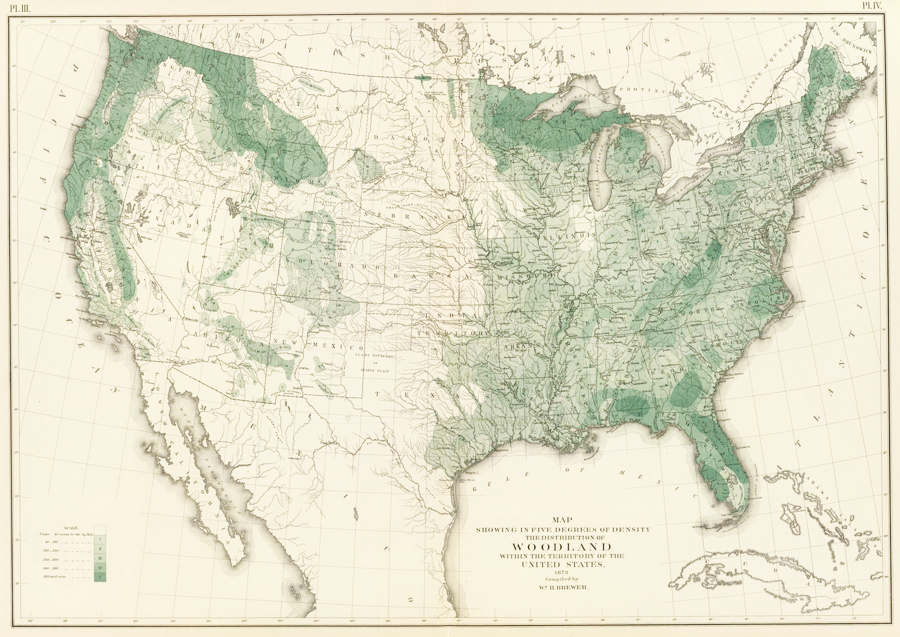Forest Canopy Density Mapping Software
Dast Richtlinie 009 Pdf Download. ASPRS /MAPPS 2009 Fall Conference November 16 – 19, 2009 * San Antonio, Texas AN INTEGRATED METHOD FOR FOREST CANOPY COVER MAPPING USING LANDSAT ETM+ IMAGERY.


Forest canopy density (FCD), estimated with the FCD Mapper, was correlated with basal area and predominant height (PDH) for 48 field plots, measured in highly variable native eucalypt forest at Toolara, south-eastern Queensland, Australia. The Mapper was produced for the International Tropical Timber Organisation and is available on a CD-ROM. It estimates FCD as an undefined index of canopy density using reflectance characteristics of Landsat Enhanced Thematic Mapper images. The Mapper is a 'semi expert' computer program which uses interactive screens to allow the operator to make decisions concerning the classification of land into bare soil, grass or forest. The results of a FCD classification are therefore dependent on the operator's decisions and were found to be highly sensitive to small changes in settings. A positive, weak ([r.sup.2] = 0.36) nonlinear relationship of FCD with basal area was observed, while a strong ([r.sup.2] = 0. Tubedigger Keygen Mac. 68) similar relationship was observed between FCD and PDH. The strong relationship of FCD with PDH suggests that this remote sensing technique has promise for forest inventory, but that a quick and robust method of measuring FCD in the field is still required for ground truthing.
Fleet Maintenance Pro 12 Keygen there. Keywords: land classification; forests; forest inventories; assessment; remote sensing; landsat; multispectral imagery; canopy; stand density; Queensland. Introduction There is a continuing need for information about the spatial distribution and density of forests for purposes such as quantifying trends in land clearing in Australia (Kuhnell et al. 1998), estimating national carbon budgets in Sweden (Eklundh et al. 2003) and plantation management (Baynes 1995).
In plantations, field measurements of parameters such as stand height and basal area are time consuming and labour intensive. Native forests are inherently more variable in age, species mix and structure, and although aerial photographs have been widely used for native forest inventory, their use over extensive landscapes such as the Northwest Territories of Canada is logistically difficult and economically impractical (Gerylo et al. Consequently, the need to map the spatial heterogeneity of forests over a range of scales and for a variety of management purposes has led to the widespread application of satellite remote sensing. In the literature, however, there are few remote sensing tools which can be applied to detect change in forest structure (Franklin et al. In Canada, older vegetation maps, derived from images with pixel sizes ranging from 8 km to 1 km, did not provide sufficiently detailed information because landcover varies over short distances (Cihlar et al. More recent investigations have therefore correlated digital data provided by the Landsat Enhanced Thematic Mapper (ETM) (with a pixel size of 30 m) with forest parameters such as leaf area index (LAI) (Baynes and Dunn 1997; Fernandes et al.